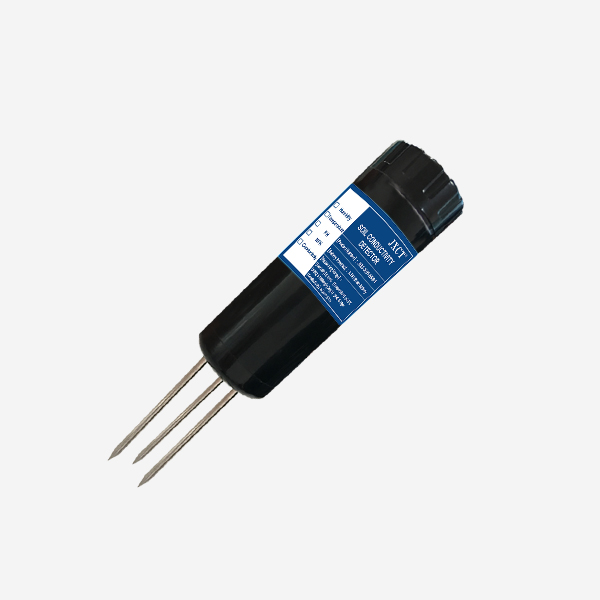Soil sensors play a critical role in agriculture, environmental monitoring, and landscaping by providing valuable data about soil moisture, temperature, nutrient levels, and salinity. These sensors help farmers, researchers, and gardeners make informed decisions regarding irrigation, fertilization, and plant health management. With a variety of soil sensors available on the market, it’s important to understand the different types and their individual benefits to determine which one is best suited for your specific needs. In this article, we will explore five common types of soil sensors and discuss their advantages and applications.

Capacitance Sensors
Capacitance sensors, also known as dielectric sensors, measure soil moisture content by assessing the electrical capacitance between two or more electrodes inserted into the soil. As soil moisture increases, the dielectric constant of the soil changes, which affects the capacitance. Capacitance sensors are highly accurate, reliable, and can measure soil moisture at multiple depths. They are suitable for a wide range of soil types and are commonly used in agriculture, horticulture, and research applications.
Tensiometers
Tensiometers measure soil moisture tension, also known as soil suction or soil water potential. They consist of a porous ceramic cup filled with water and connected to a vacuum gauge. As soil moisture decreases, water moves out of the ceramic cup, creating a negative pressure that is measured by the gauge. Tensiometers provide a direct measurement of the soil’s ability to retain water and are particularly useful for managing irrigation in crops that are sensitive to overwatering, such as certain fruits and vegetables.
Time Domain Reflectometry (TDR) Sensors
TDR sensors measure soil moisture by emitting a high-frequency pulse along a waveguide inserted into the soil. The sensor measures the time it takes for the pulse to travel through the soil and reflects back to the sensor. The travel time is directly related to the soil’s dielectric permittivity, which is influenced by soil moisture content. TDR sensors are known for their accuracy, durability, and ability to measure soil moisture at different depths. They are widely used in agriculture, environmental monitoring, and research applications.
Electrical Conductivity (EC) Sensors
EC sensors, also referred to as salinity sensors, measure the electrical conductivity of the soil solution. Salinity levels in the soil affect its ability to retain water and impact plant growth. EC sensors provide an indication of soil salinity, allowing farmers and researchers to monitor and manage irrigation practices accordingly. These sensors are commonly used in agriculture, particularly in areas where soil salinity is a concern, such as arid and semi-arid regions.
Temperature Sensors
Temperature sensors, as the name suggests, measure soil temperature. Monitoring soil temperature is crucial for understanding plant growth patterns, seed germination, and nutrient availability. Temperature sensors can provide real-time data on soil temperature fluctuations, enabling farmers and gardeners to optimize planting schedules and manage heat-sensitive crops effectively. These sensors are widely used in agriculture, forestry, and ecological research.

When selecting a soil sensor
it’s important to consider factors such as accuracy, reliability, cost, ease of installation, and compatibility with existing monitoring systems. Additionally, understanding your specific application needs and the characteristics of your soil will help determine the most suitable sensor for you.
In conclusion
soil sensors are valuable tools for monitoring soil conditions and optimizing agricultural practices. Capacitance sensors, tensiometers, TDR sensors, EC sensors, and temperature sensors are just a few examples of the types of soil sensors available. Each type has its own advantages and applications, and choosing the right sensor depends on your specific requirements. By utilizing soil sensors effectively, farmers, researchers, and gardeners can make data-driven decisions to improve crop yields, conserve water resources, and promote sustainable land management practices.
